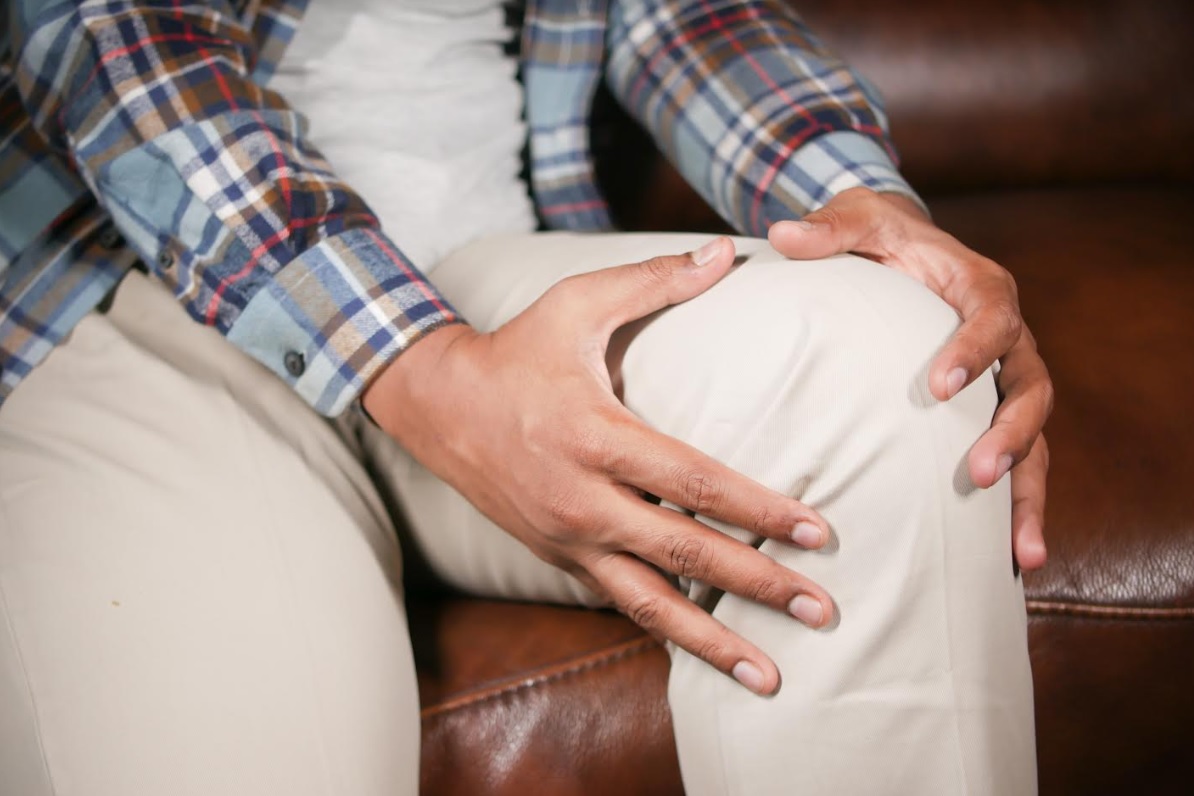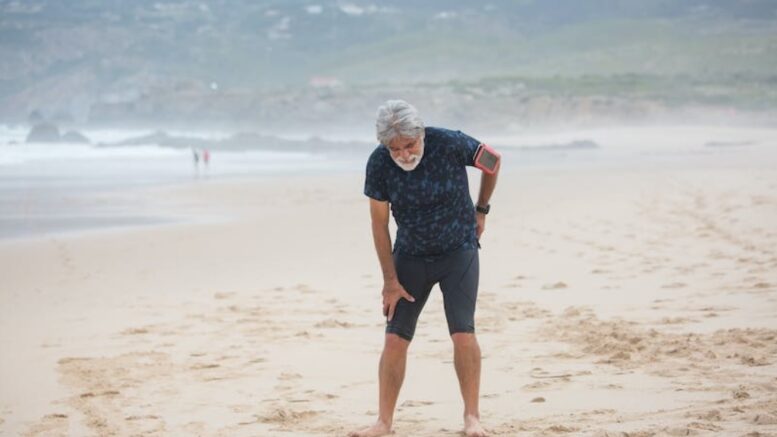Chronic pain can be a complex and debilitating condition, impacting different parts of the body. Among the most commonly affected areas are the neck, joints, spine, and knees. Understanding the root causes, symptoms, and potential treatments can help in managing the pain and improving your quality of life.
Neck Pain and Herniated Discs
The neck, or cervical spine, is made up of seven vertebrae and is responsible for supporting the weight of the head. Due to its flexibility and the stresses placed upon it, the neck is susceptible to a range of injuries and conditions that can result in chronic pain.
A common cause of neck pain is herniated discs. The spine is made up of bones (vertebrae) separated by soft, gel-like discs. A herniated disc, often termed a slipped or ruptured disc, occurs when the outer ring of the disc tears, allowing the inner portion to protrude. This can press on the nearby nerves, leading to pain, weakness, and even numbness.
Joint Pain
Joints form the connections between bones and facilitate movement. Pain here can arise from a variety of issues ranging from inflammation, like arthritis, to injuries. Osteoarthritis, a degenerative joint disease, is one of the most common causes. It occurs when the cartilage that covers the ends of bones wears down over time, leading to pain, swelling, and reduced joint flexibility.
Spinal Pain
The spine is a complex structure made up of vertebrae, discs, and numerous muscles and ligaments.
Chronic spinal pain can originate from various conditions:
- Compression Fractures: Often due to osteoporosis, these fractures can lead to persistent pain.
- Spinal Stenosis: This is when the spaces within the spine narrow, putting pressure on the nerves and causing pain.
- Degenerative Disc Disease: As we age, our spinal discs can degrade, causing them to lose fluid and become less flexible.
Knee Pain
The knee is one of the largest and most complex joints in the body. It’s also one of the most frequently injured.

Chronic knee pain can happen due to:
- Meniscus Tears: The meniscus acts as a shock absorber between the thigh and shin bones. A tear can cause pain and swelling.
- Ligament Injuries: The knee has several crucial ligaments, and damage to any one of them can lead to prolonged pain.
- Osteoarthritis: As with joints elsewhere in the body, the cartilage in the knee can degrade over time, leading to pain and stiffness.
Management and Treatment
Living with chronic pain is challenging, but there are ways to find an answer to that pain. Book your appointment if you’re looking for pain management doctors in Dallas.
Ways you can relieve your pain:
- Physical Therapy: A trained therapist can provide exercises and techniques to strengthen muscles, enhance flexibility, and reduce pain.
- Medication: Pain relievers and prescription drugs can be effective. Some people also benefit from muscle relaxants or injections.
- Surgery: In some cases, when other treatments haven’t worked, surgery might be recommended. For instance, a severely herniated disc might require surgical correction, or a damaged knee might necessitate a joint replacement.
- Alternative Therapies: Techniques such as acupuncture, chiropractic care, and massage can benefit some individuals.
Why The Pain Happens
- Mechanical Issues and Wear-and-Tear: Over time, our joints can undergo wear-and-tear, especially those holding our body’s weight, like the knees and spine. As we age, the cartilage cushioning between bones can degrade, leading to osteoarthritis. This results in pain due to bone-on-bone friction. The spine, composed of vertebrae separated by discs, can experience disc degeneration, where a disc’s softer center protrudes out, potentially pressing on nerves.
- Injuries and Trauma: Accidents can lead to conditions in the neck or ligament tears in the knees. Sometimes, even after the primary injury heals, pain persists due to changes in the nervous system or because of compensatory mechanisms that strain other parts.
- Postural Factors: Constant slouching, sedentary lifestyles, and improper ergonomics can strain the neck and spine. Over time, chronic bad posture can result in lasting pain.
- Repetitive Strain: Repetitive movements or overuse can lead to conditions like tendinitis in joints. These can be a result of occupational hazards or activities like sports.
- Neural Dysfunction: Sometimes, the nervous system can malfunction. Conditions like fibromyalgia amplify sensations of pain even when there’s no clear sign of damage or disease.
- Other Medical Conditions: Diseases like infections, tumors, or systemic illnesses can present as joint pain.
- Psychological Factors: Stress, depression, and anxiety can manifest as physical pain, especially in the neck and spine, due to muscle tension and altered pain perception.
Conclusion
Chronic pain, whether in the neck, spine, joints, or knees, is a condition that can have a significant impact on our daily lives. Recognizing the underlying causes and seeking appropriate medical advice are the first steps to managing and potentially alleviating the pain. It’s crucial to consult with healthcare professionals to determine the best course of action for your individual needs.
